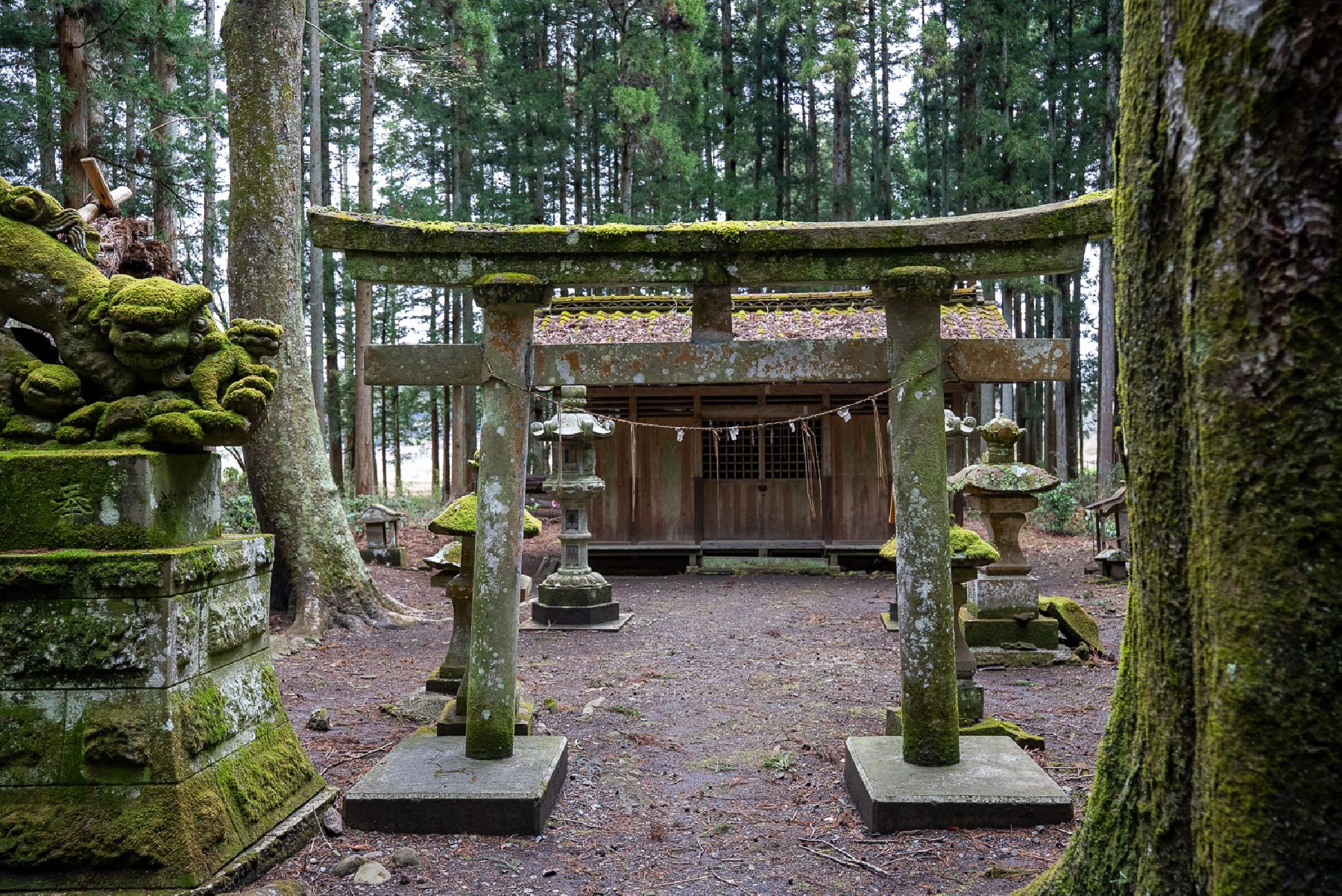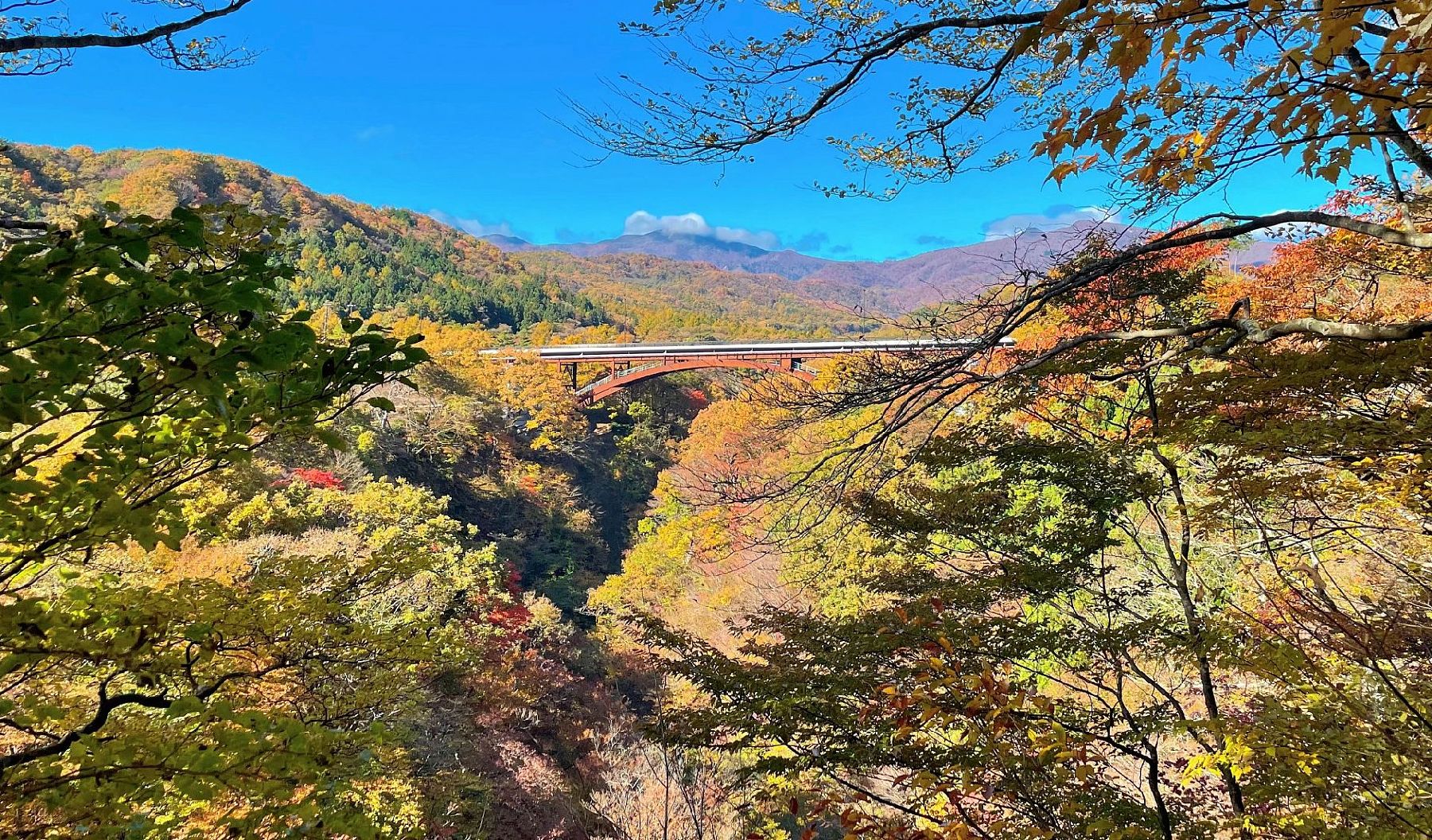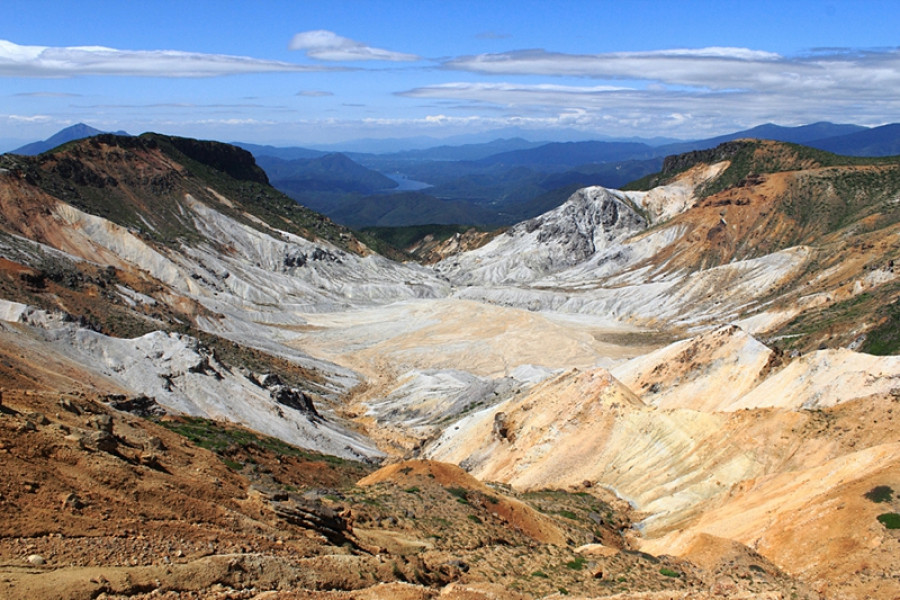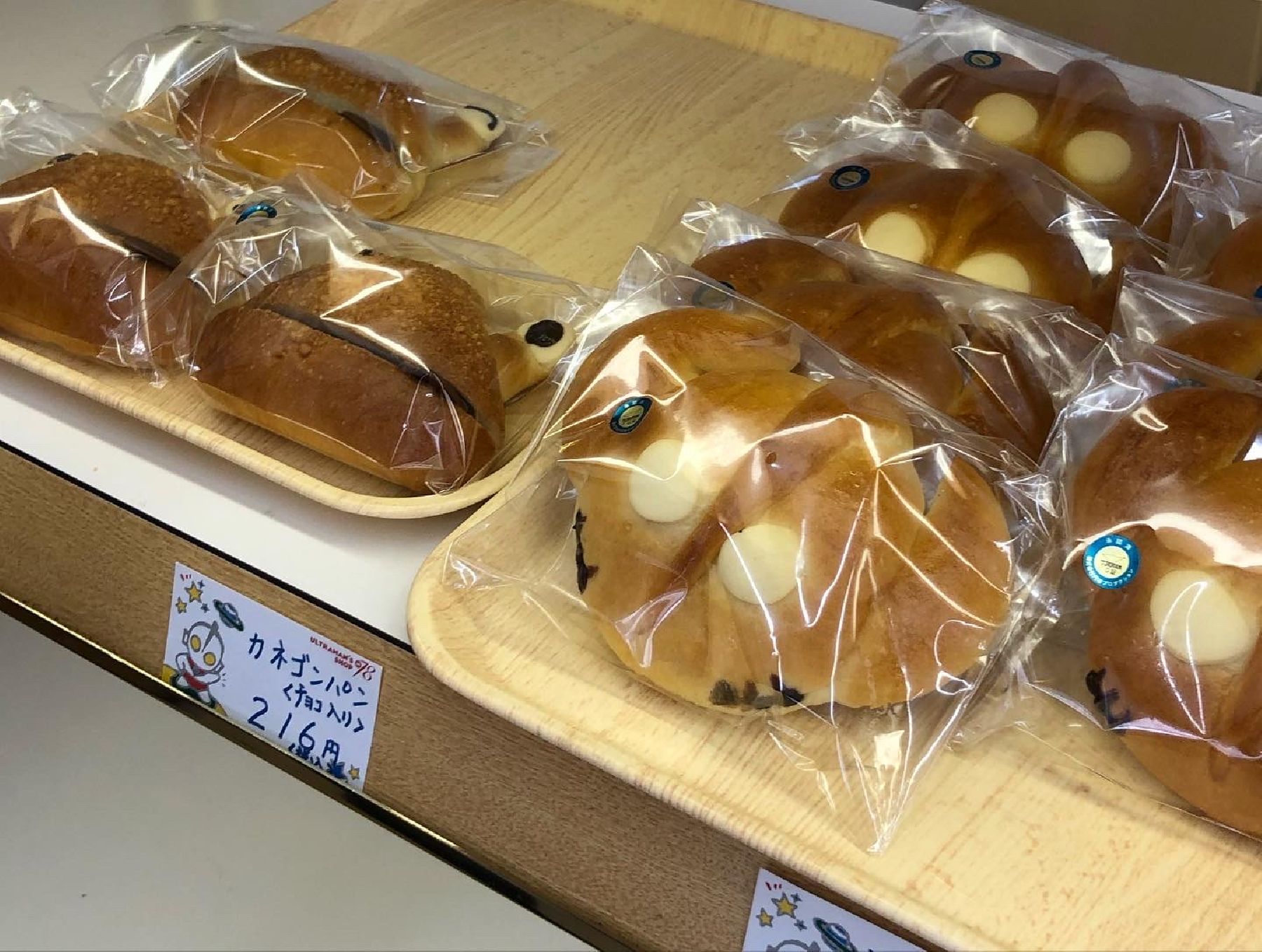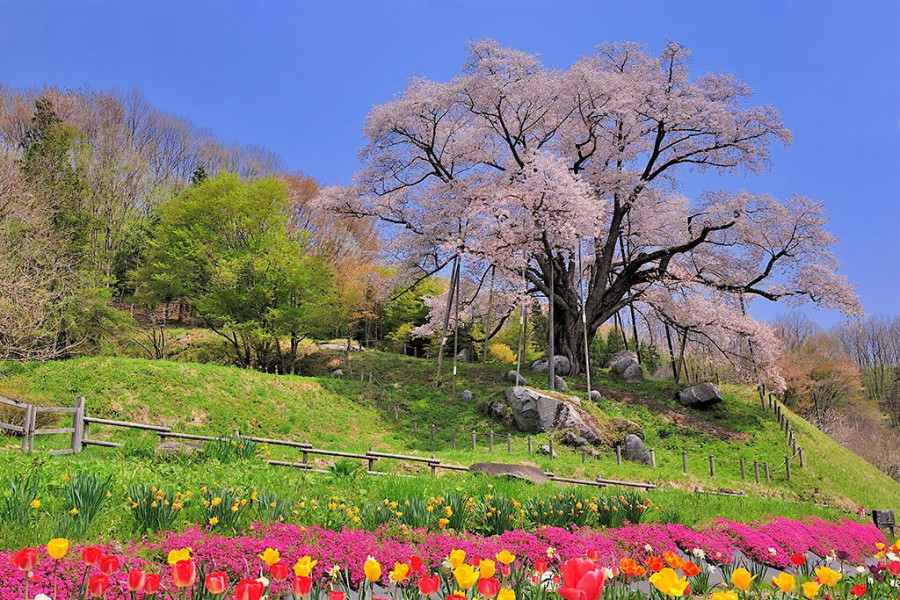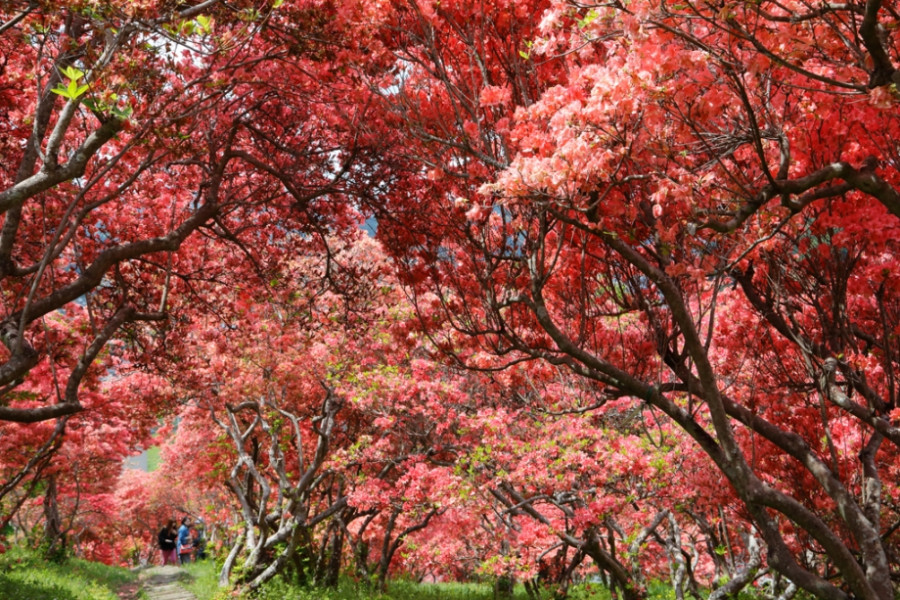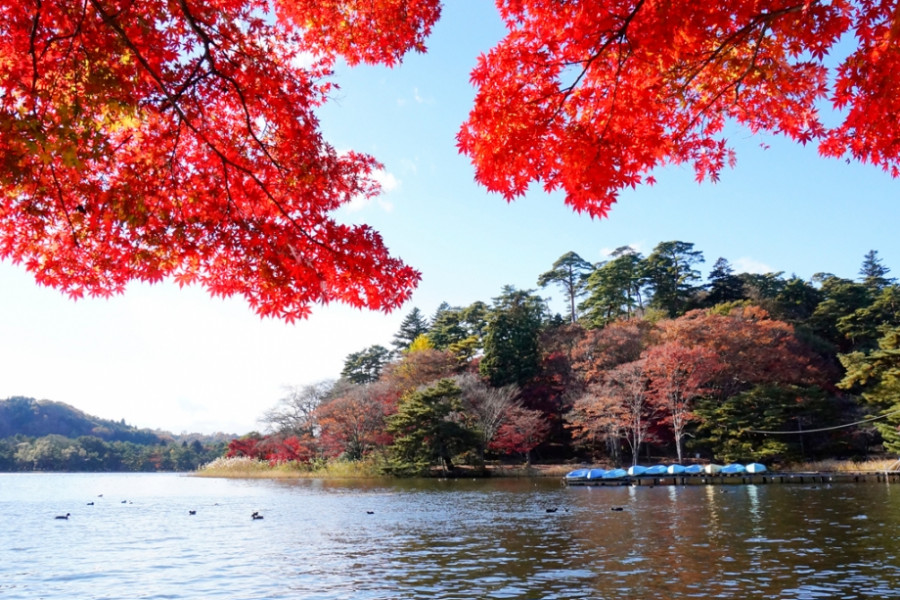
Daruma Land
Newly opened on July 8th, 2021, this is a place where visitors can learn about Daruma, the symbol of Shirakawa city! Much of the structure of the main building is the structure of a restored old Japanese home, so the structure is beautiful and minimalistic. Inside, an elegantly restored tatami room showcases a work shop where you can watch artists expertly hand paint daruma dolls. There is also a display that explains the process of making a daruma doll, and a showcase room where you can take a look at a collection of unique daruma that are designed by various artists. There is also a daruma shrine and a warehouse where you can purchase daruma, paint your own, or try out the huge daruma gacha gacha machine for a surprise daruma!
